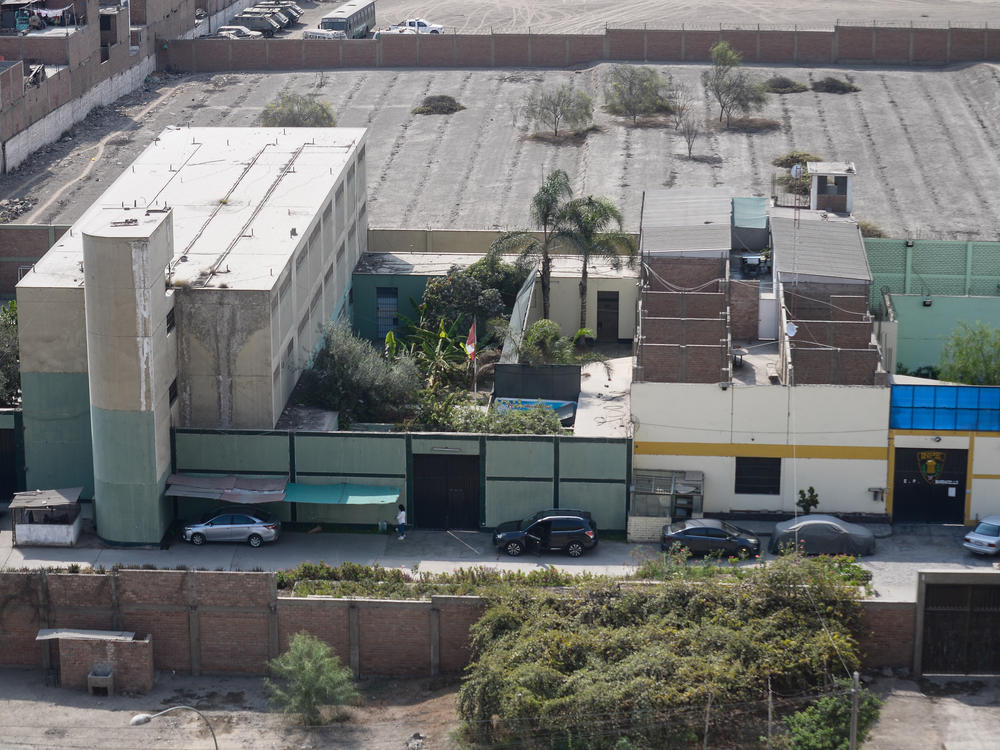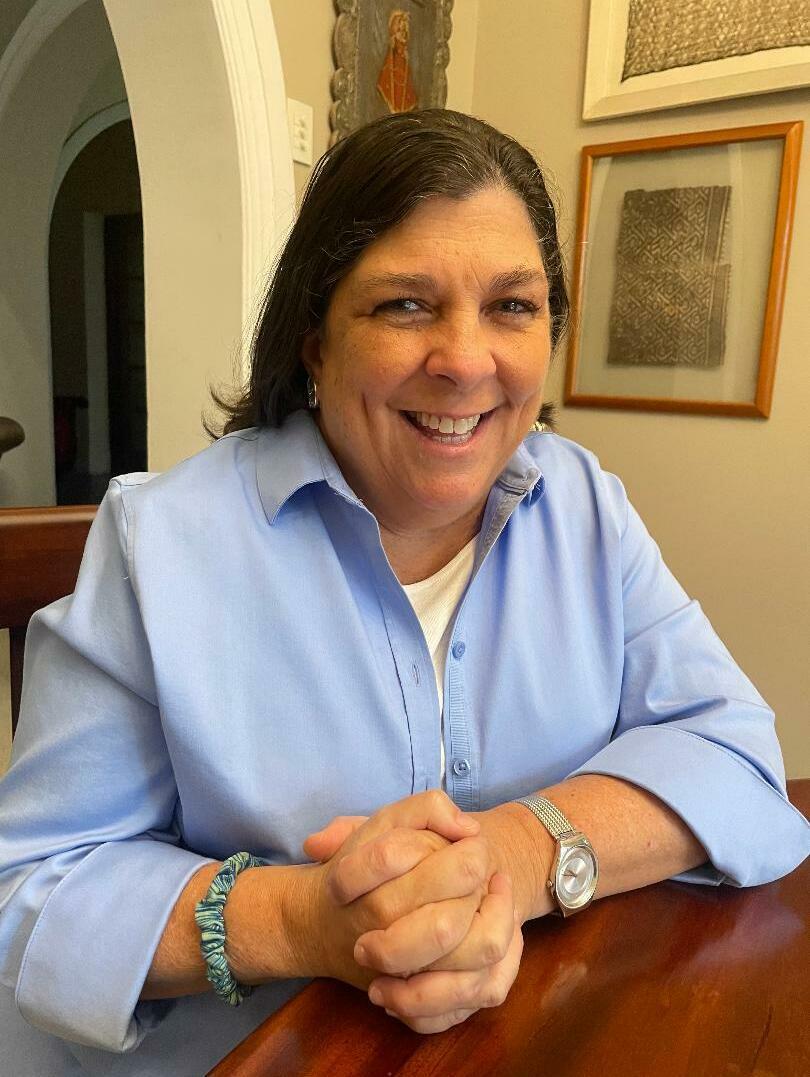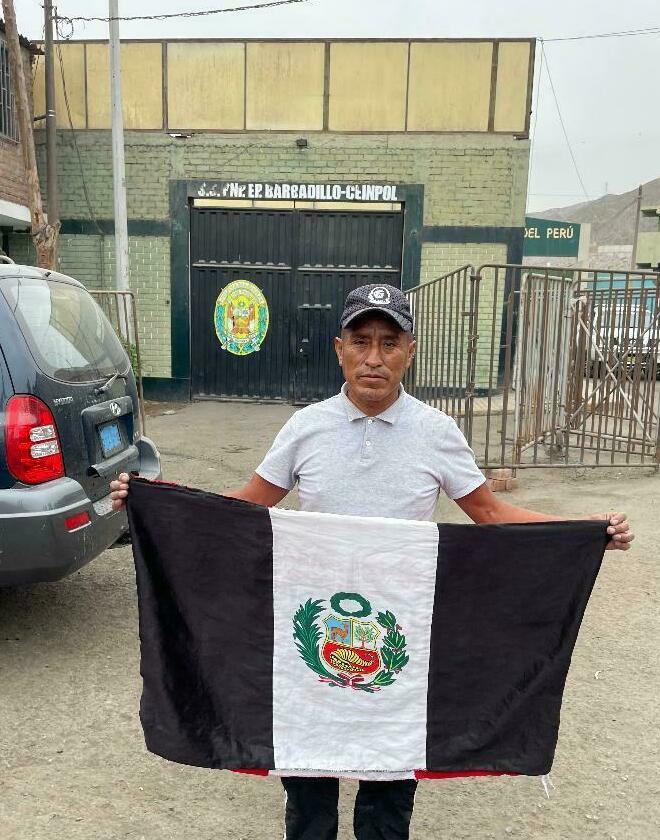Section Branding
Header Content
All the prison's presidents: Peru's special jail for ex-leaders is all full up
Primary Content
LIMA, Peru — So many former presidents in Peru have run afoul with the law that the country has set up a special penitentiary for them — and it's full.
The Barbadillo prison is located on the grounds of a police academy in a working-class neighborhood on the outskirts of Lima. Due to violence and overcrowding at Peru's standard prisons, part of the police compound has been converted into a kind of VIP jail with three custom-built cells that are more like small apartment units.
Barbadillo's first inmate, former President Alberto Fujimori, arrived in 2007. He is serving a 25-year sentence for human rights abuses.
Former President Pedro Castillo arrived last December after he was arrested for trying to dissolve congress and rule by decree. Alejandro Toledo, who faces charges of money laundering from his time as president in the early 2000s, arrived at the prison in April.
From France to Brazil to South Korea, many countries have prosecuted and jailed former presidents, while in the United States, former President Donald Trump could be sent to prison if convicted of mishandling classified documents after he left the White House. But Peru may hold the record for the most ex-leaders behind bars at one time, according to Rosa María Palacios, a Lima lawyer and political commentator.
"In Latin America, people envy us," she says. "Many people abroad say: 'At least you get them in jail.'"
But Palacios also sees the Barbadillo prison as a troubling symbol of Peru's endemic corruption and political upheaval. So many presidents have resigned, been impeached or tossed in jail that the Peru's current leader, Dina Boluarte, is Peru seventh president in the past six years.
"It's not a stable situation," Palacios says.
Nearly every Peruvian president over the past three decades has been accused of corruption. In most of these cases, they became entangled in a wide-ranging scandal involving Odebrecht, a Brazilian construction firm that admitted to paying $800 million in kickbacks to politicians across Latin American in exchange for public works contracts.
In fact, the only reason there was room at Barbadillo when former President Toledo arrived in April is because another former president, Ollanta Humala — who had spent 18 months of pre-trial detention there — had been released, freeing up one of the three cells. Both former presidents face charges related to the Odebrecht scandal.
Fueling the volatility is growing political polarization in Peru where, in the 2021 presidential election, losing candidate Keiko Fujimori refused to accept the results and made baseless claims of fraud. Meanwhile, Peru's 1993 Constitution makes it easy for president to close down congress, but it also allows congress to impeach presidents on ambiguous grounds.
The result, says Peruvian historian Antonio Zapata, "is a fight to the death between the different branches of power with no clear rules. The rules should be in the constitution but they're not."
One president on the losing end of this equation was Pedro Pablo Kuczynski. He was elected in 2016 but was forced out of office 19 months later by the opposition-controlled congress that accused him of "moral incapacity" which, according to Zapata, could mean almost just about anything.
Kuczynski has also been linked to the Odebrecht scandal. But the allegations against him were dredged up from the early 2000s when Kuczynski was Peru's finance minister. Instead of going to Barbadillo, Kuczynski spent three years under house arrest and has yet to go to trial.
"I'm still defending myself," he told NPR in an interview at his home. But he added: "The important point, more than what happened to me, is what happened to Peru."
Indeed, the ouster of Kuczynski sparked years of turmoil. His successor as president, Martin Vizcarra, was forced out, quickly reinstated, then forced out of office again. A subsequent president, Manuel Merino, served less than a week. Another, Mercedes Araóz, lasted for a single day.
Much of the upheaval came as Peru was dealing with the COVID-19 pandemic that brought a surge of poverty. Lima economist Carolina Trivelli said constantly changing presidential administrations makes it harder to carry out health, education, public works and other government-run programs.
"This affects all Peruvians, the rich and the poor alike," she says.
Back at Barbadillo prison on a recent morning, about a dozen die-hard supporters of former President Castillo stood at the front gate demanding his freedom. Claiming Castillo had been illegally removed from office, they held up a Peruvian flag that, instead of the official red-and-white colors, was black-and-white in a sign of protest.
But it's not like Castillo and the other ex-presidents are in solitary confinement. They receive lots of visitors and even have outdoor terraces.
In fact, a Peruvian TV report, using footage from a drone, showed Castillo — who once donned the presidential sash — in a T-shirt and shorts watering his garden and planting vegetables.
Copyright 2023 NPR. To see more, visit https://www.npr.org.



